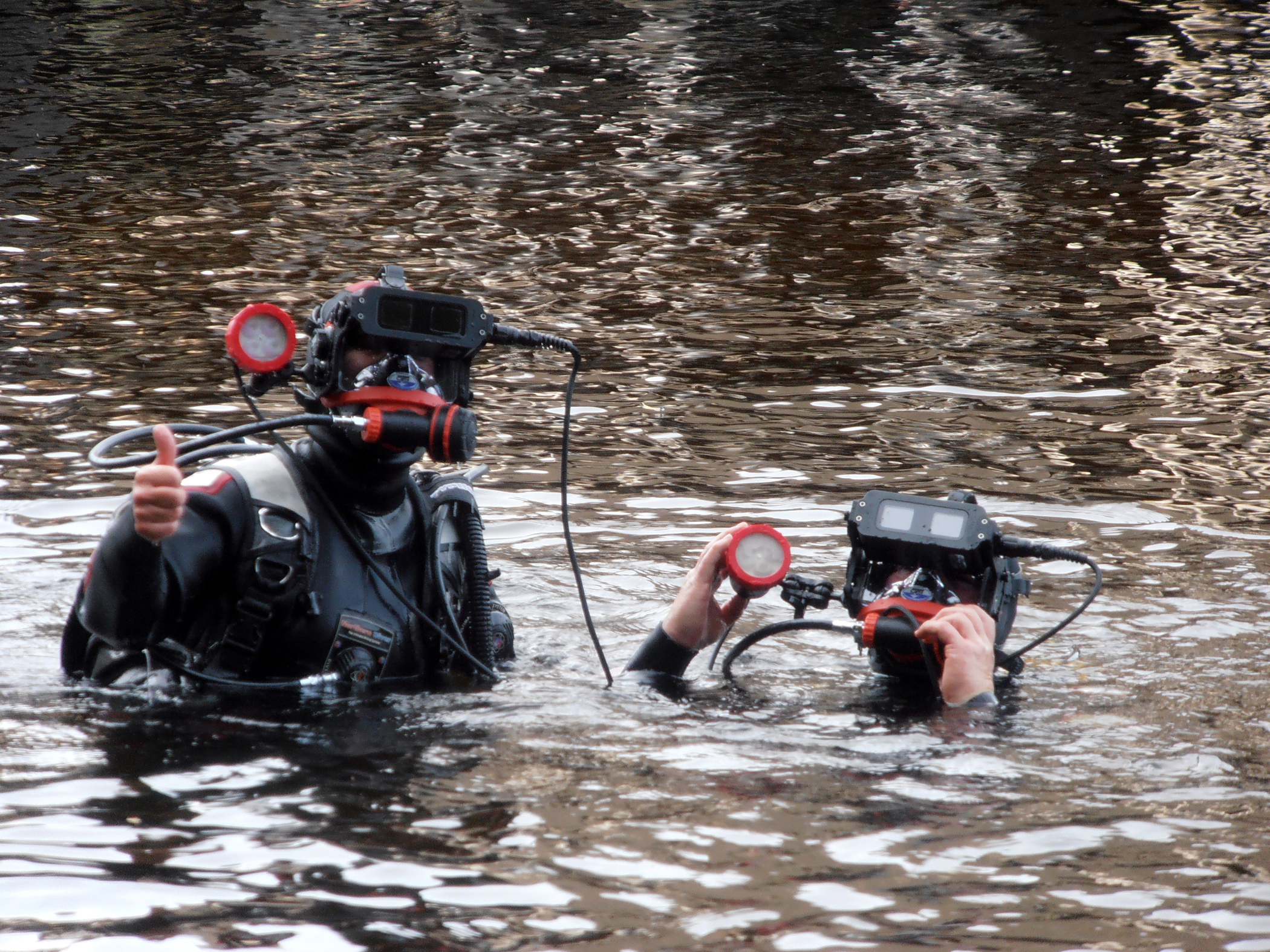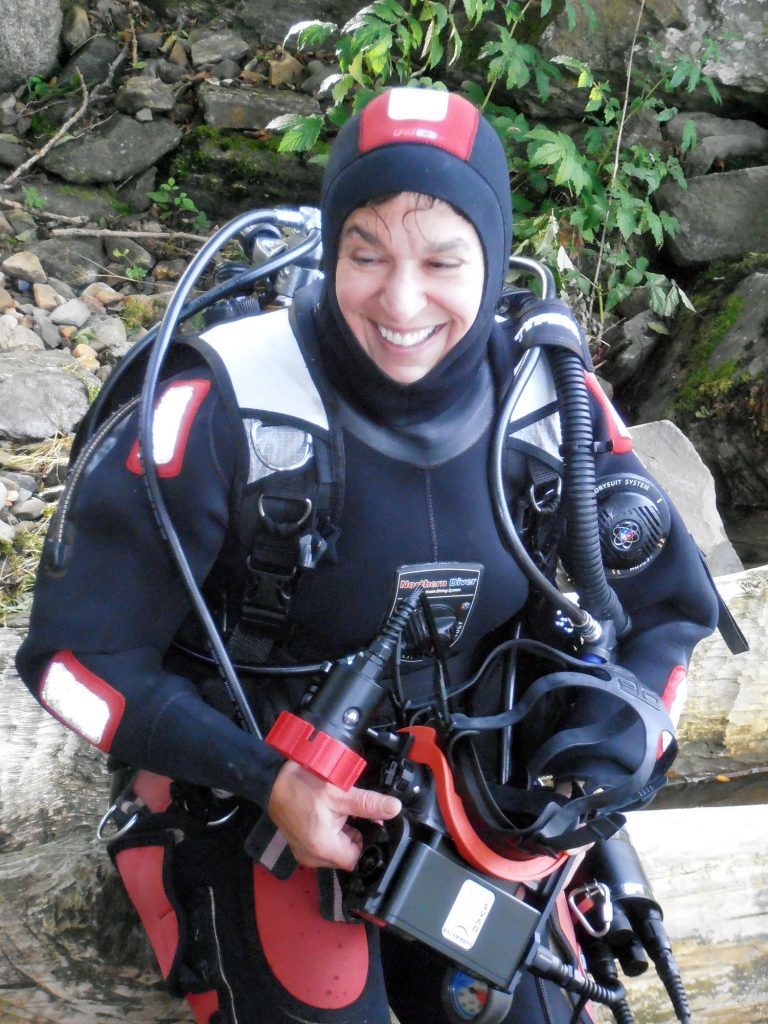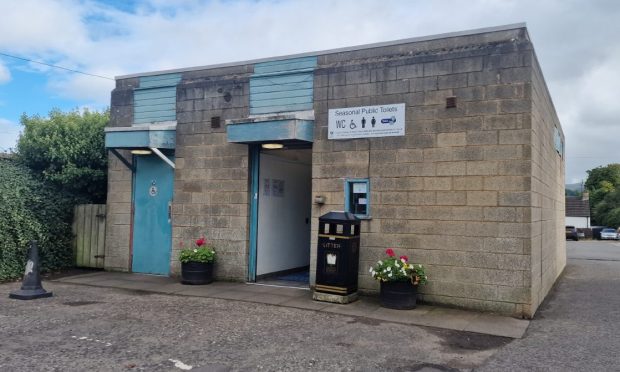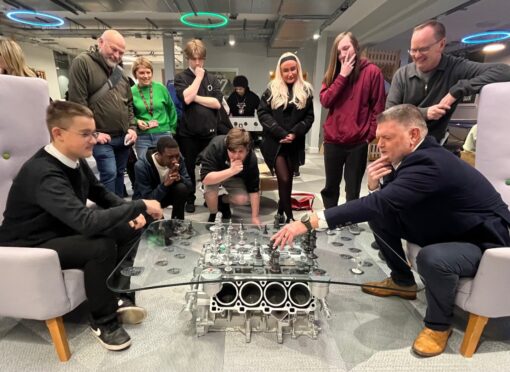A Perthshire-based archeologist has become the first woman to test a revolutionary new device which makes it easier for divers to see in poor underwater conditions.
Barrie Andrian, a director at the Scottish Crannog Centre, used the “Hammerhead” to survey the waters of Loch Tay at Kenmore alongside fellow director Dr Nick Dixon.
The device, named because it resembles a hammerhead shark, was designed by a NASA engineer
Sponsored by Darkwater Vision and Bigblue Dive Lights from Florida, the facemask–mounted unit that allows divers to see clearly in dark, silty and zero visibility conditions using a special infrared light.
The patented system, known as underwater vision augmentation system (UVAS), enables divers to see what is not visible with their own eyes, revealing the illuminated area in the HDMI stereo displays located in the headset.
The potential of the system was demonstrated in Loch Tay, and won a thumbs-up from both underwater archaeologists who hope to test a Mach 2 version next year on one of the ancient crannogs preserved in the loch.
“The unique timber-piled Crannog in shallow water was an ideal testing ground for ‘The Hammerhead’’, said Barrie.
“The loch is dark and peaty and the roundhouse platform casts a permanently eerie shadow on the loch bed. The bottom is very silty and easily stirred, making any detailed monitoring inspection of the uprights very challenging.
“By using the special UVAS torch, it was possible to see so much more. Although there are still refinements to make to the design and resolution of the images, I was thrilled to be able to try it.”
‘The Hammerhead’ is designed for a multitude of applications including inspection work, search and recovery, salvage, military purposes and, of course, underwater archaeology. It is also being tested by Navy and commercial divers in a range of underwater conditions.
The Loch Tay trials were set up when Darkwater Vision owner Jennifer Ratcliffe, an American Medieval re-enactor, discovered the Iron Age living history complex at the Scottish Crannog Centre had been founded on the results of underwater archaeology.











